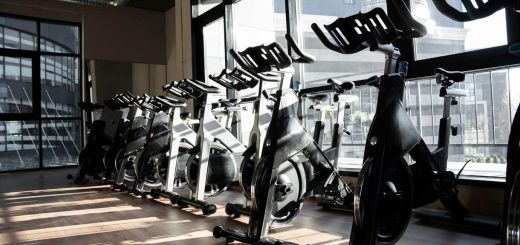What are Weighted Pull Ups?

- Applications of Weighted Pull Ups
- Benefits of Weighted Pull Ups
- Adding weight to traditional pull ups increases the resistance on your muscles which leads to greater muscle growth over time.
- The added resistance from weighted pull ups also challenges your grip strength which is essential for many daily activities and sports.
- Challenges of Weighted Pull Ups
- Tips for Performing Weighted Pull Ups
- If you are new to pull ups, start by mastering bodyweight pull ups before attempting weighted ones.
- Ensure your shoulders are pulled back and down throughout the movement, and avoid swinging or kipping to perform the exercise.
- Start with a lighter weight and gradually increase as you build strength and endurance.
- To continue challenging your muscles, vary the number of reps and sets you perform each workout.
What are Weighted Pull Ups?
The Ultimate Guide to Weighted Pull Ups: Definitions, Applications, Benefits, and Challenges
When it comes to strength training, there are countless exercises and variations to choose from. However, one exercise that has gained popularity in recent years is the weighted pull up. This compound exercise targets multiple muscles in the upper body, making it a highly effective and efficient way to build strength. In this comprehensive guide, we will delve into the world of weighted pull ups, discussing its definitions, applications, benefits, and challenges.
What are Weighted Pull Ups?
A pull up is a bodyweight exercise that involves pulling your body weight up towards a bar. To add weight to this movement, you can use a weight vest or attach a weight plate to your waist with a chain or belt. This added resistance increases the difficulty of the exercise and allows for greater muscle growth and strength gains.
Applications of Weighted Pull Ups
Weighted pull ups have many applications in both general fitness and sports performance. In general fitness, they can be used to improve upper body strength and muscle hypertrophy (growth). Additionally, they can help improve posture by strengthening the muscles in the back and shoulders. In sports performance, weighted pull ups can enhance pulling power for activities such as rock climbing or rowing.
Benefits of Weighted Pull Ups
1. Builds Upper Body Strength
Weighted pull ups are an excellent way to build upper body strength as they target multiple muscles including the back (lats), biceps, shoulders (deltoids), and forearms.
2. Increases Muscle Hypertrophy
Adding weight to traditional pull ups increases the resistance on your muscles which leads to greater muscle growth over time.
3. Improves Grip Strength
The added resistance from weighted pull ups also challenges your grip strength which is essential for many daily activities and sports.
4. Enhances Sports Performance
As mentioned earlier, weighted pull ups can improve pulling power for activities such as rock climbing or rowing, making them a valuable exercise for athletes.
Challenges of Weighted Pull Ups
1. Requires Proper Form
Like any exercise, it is crucial to perform weighted pull ups with proper form to prevent injury and maximize results. This can be challenging, especially when adding weight to the movement.
2. Requires Strength and Endurance
Weighted pull ups are an advanced exercise that requires a certain level of strength and endurance. Beginners may need to work on mastering bodyweight pull ups before attempting weighted ones.
3. Equipment Limitations
To add weight to pull ups, you will need access to a weight vest or a belt/chain to attach weight plates. This can be limiting for those who do not have access to this equipment.
Tips for Performing Weighted Pull Ups
1. Start with Bodyweight Pull Ups
If you are new to pull ups, start by mastering bodyweight pull ups before attempting weighted ones.
2. Use Proper Form
Ensure your shoulders are pulled back and down throughout the movement, and avoid swinging or kipping to perform the exercise.
3. Gradually Increase Weight
Start with a lighter weight and gradually increase as you build strength and endurance.
4. Vary Reps and Sets
To continue challenging your muscles, vary the number of reps and sets you perform each workout.
5. Incorporate Other Exercises
Include other exercises such as rows, lat pulldowns, or bicep curls in your workout routine to target different muscles involved in the pull up movement.
In conclusion, weighted pull ups are an effective way to build upper body strength, increase muscle hypertrophy, improve grip strength, and enhance sports performance. However, they require proper form, strength, endurance, and access to equipment. By following these tips and incorporating weighted pull ups into your workout routine gradually, you can reap the many benefits of this challenging but rewarding exercise.



